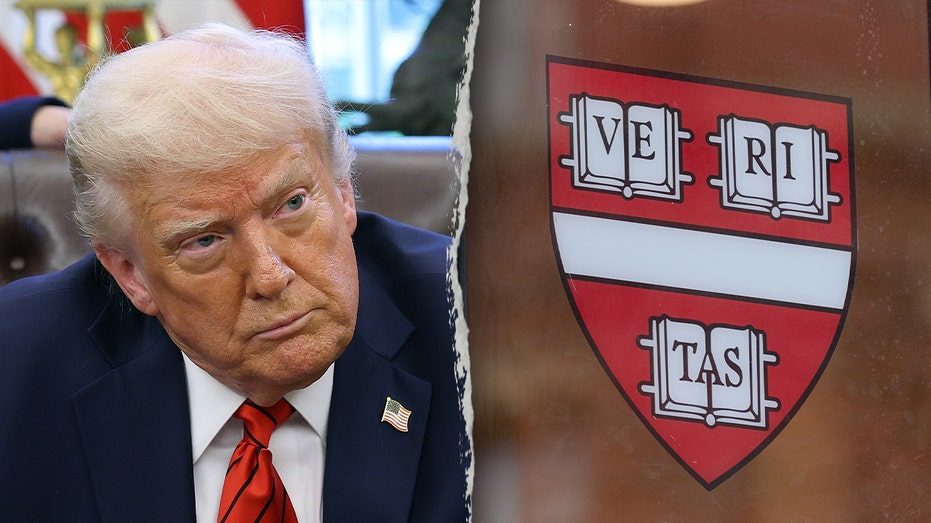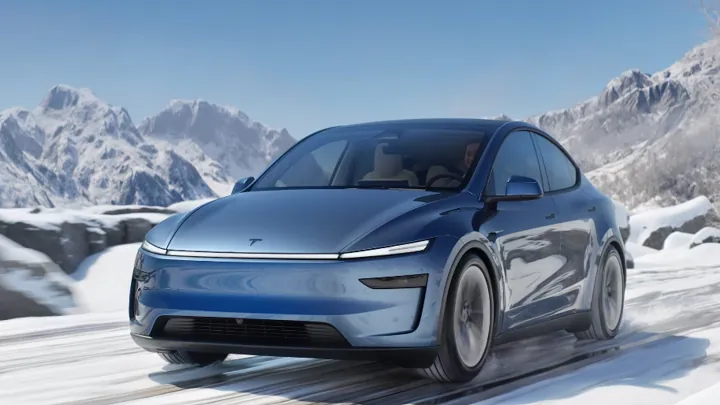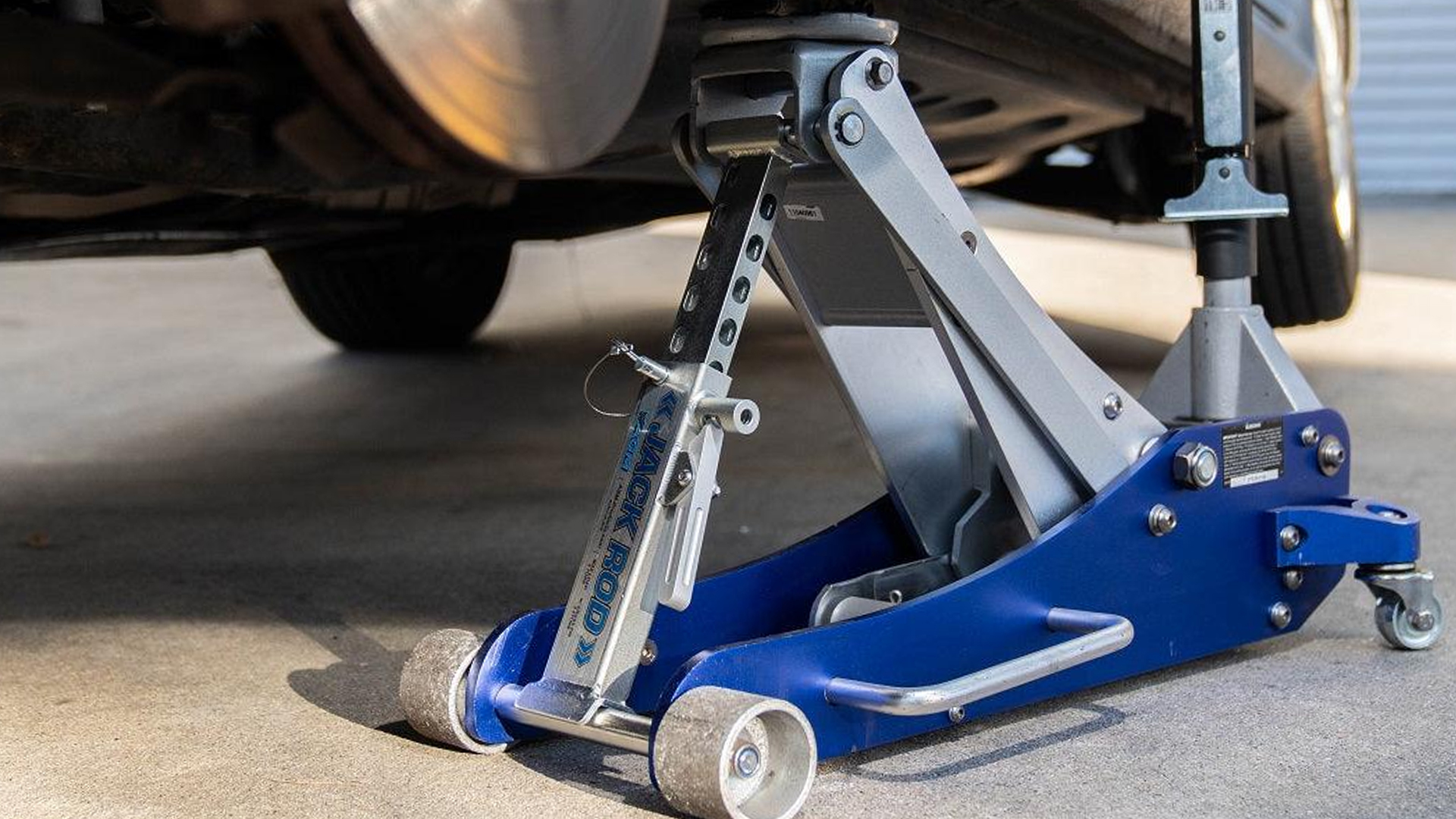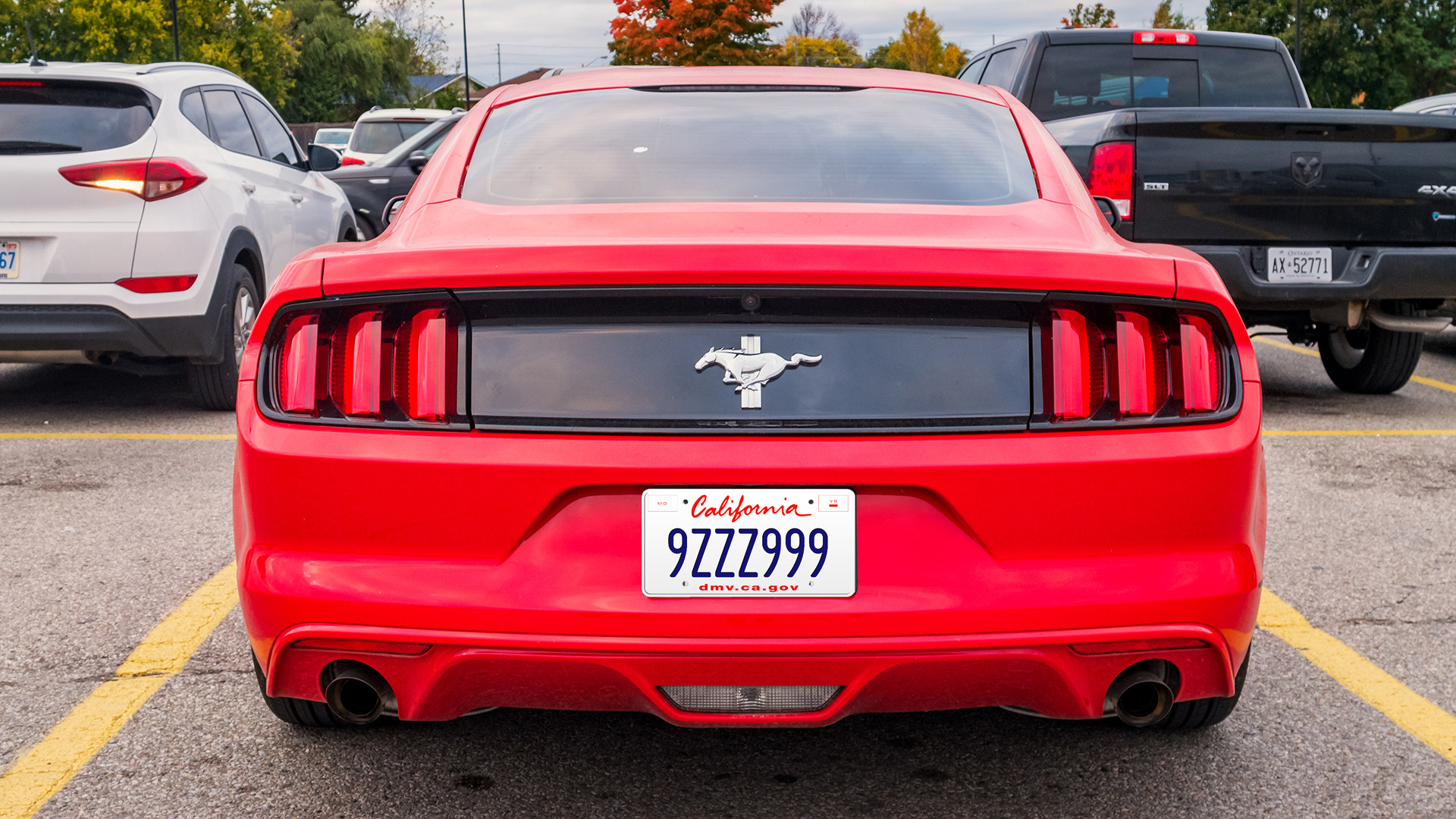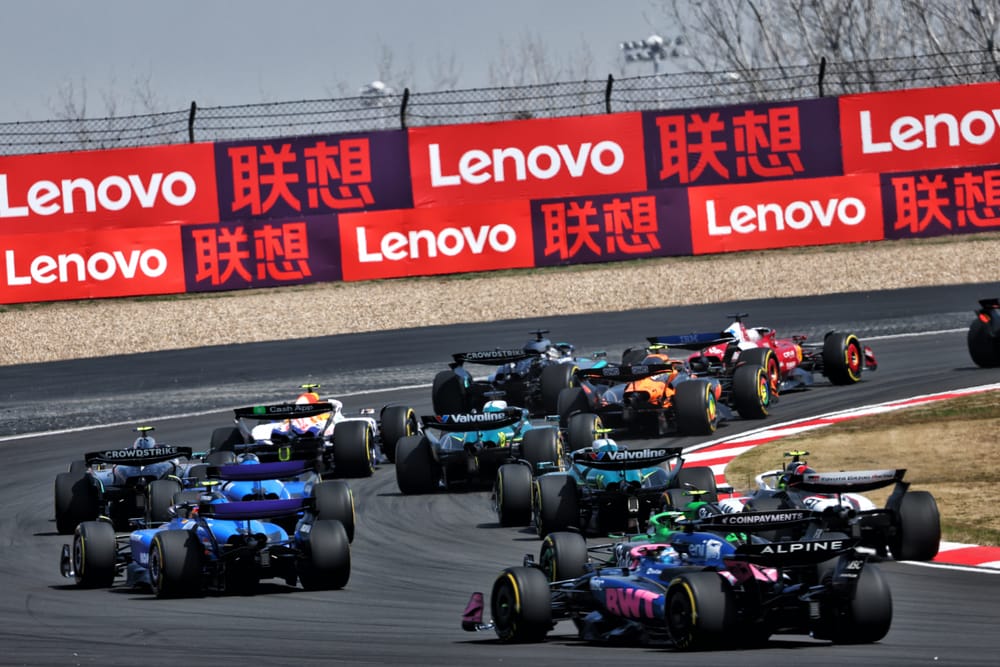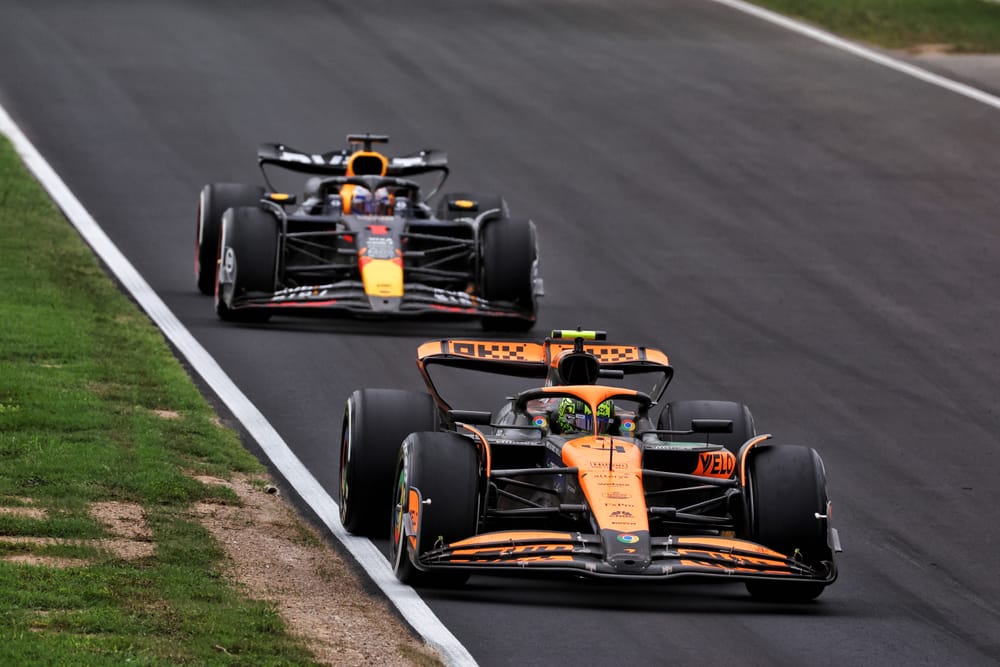McLaren hits back at Red Bull over flexi-wing accusations
McLaren has thrown Formula 1's flexi rear wing debate right back at Red Bull – suggesting its rival should not be ignoring the benefits of its own choice of a stiff design when it stirs things up
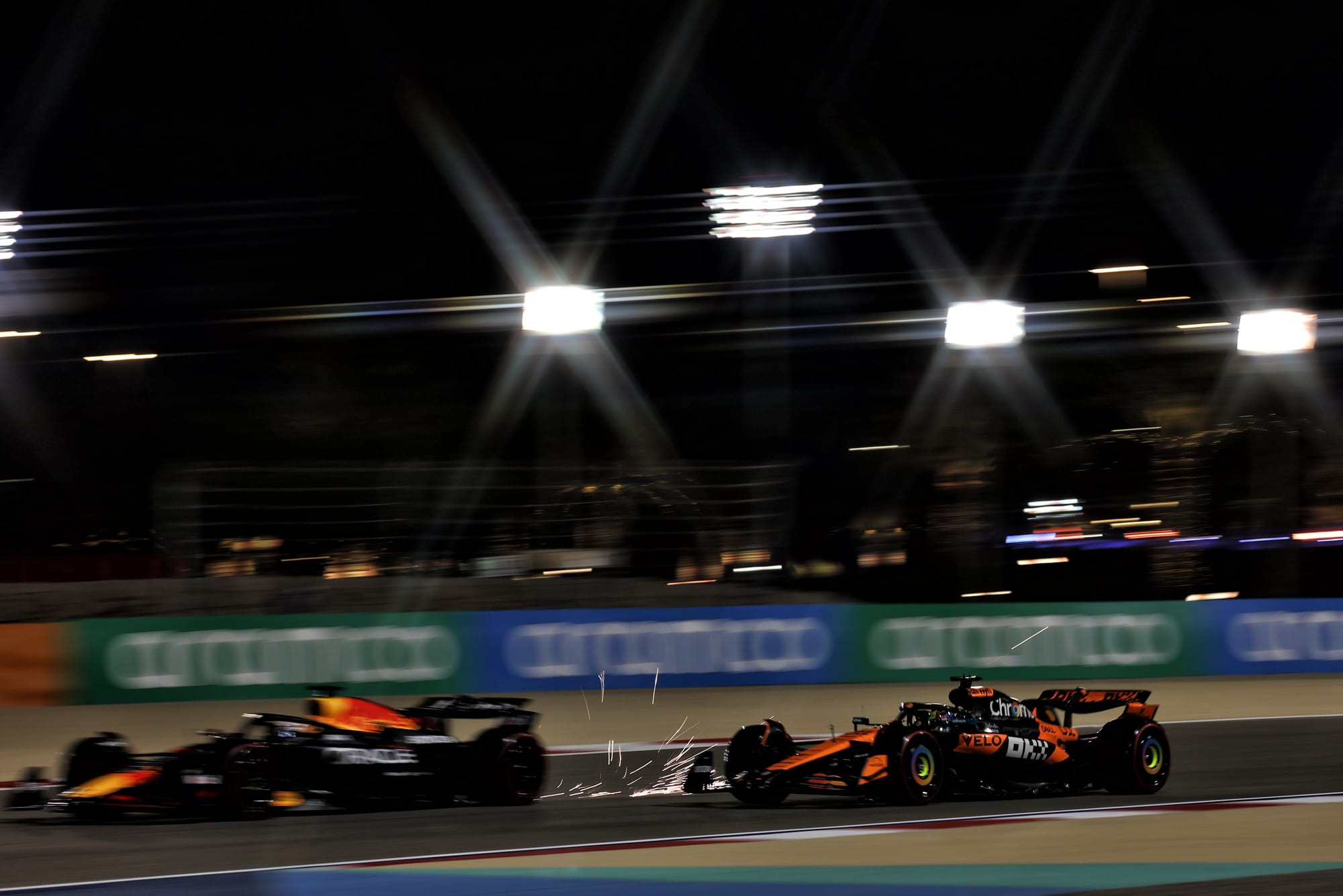

McLaren has thrown Formula 1's flexi rear wing debate right back at Red Bull – suggesting its rival should not be ignoring the benefits of its own choice of a stiff design when it stirs things up.
Red Bull has been keeping a close eye on McLaren’s rear wing concept since pre-season testing in Bahrain, after it raised concerns about the squad benefitting from some new mini-DRS tricks.
That triggered a response from the FIA in toughening up tests and changing the regulations from the Chinese Grand Prix to prevent teams experimenting with slot-gap manipulation.
But that has not stopped further intrigue over what McLaren is up to.
Footage from the Japanese Grand Prix that appeared on social media, of the MCL39's rear wing flexing, got some traction after Max Verstappen’s dad Jos retweeted it.
Max himself further stoked the flames over what McLaren was doing when he said it was pretty obvious what was happening.
Asked about the situation, he said: “I don't make the rules and I'm also not the one enforcing them. What I see probably a lot of people see - but that's it.”
However, McLaren has offered an alternative perspective on what is going on – as it suggests that the crux of the matter is not that some teams are deliberately exploiting a grey area of the regulations.
Instead, McLaren thinks it comes down to simple technical choices that teams have made – and that Red Bull has deliberately steered clear of a flexi wing because it does not want any of the trade-offs that come with it.
Speaking to Viaplay about the flexi rear wing debate, McLaren team boss Andrea Stella said: “I'm really wondering what is exactly the news here? Like, what are we talking about?
“Are we talking about that there are cars that decide not to have any flexibility at all, and there are cars that decide this is what I'm allowed within the regulations and that I may allow some deflection? Any structure when is loaded with 100 or 200 kilogrammes does deflect.
“Then, if you decide to do it in within the regulations, your performance is actually almost a trade-off, because there are advantages in doing what Red Bull is doing, and they are working very hard to do that.
“They want to retain the load in high-speed, even if this causes a little bit of drag, which is lap time.
“In our case, we want to shed a little bit of drag and a little bit of load, but as long as you do it within the regulations, and that's the case, then it's more of a technical point rather than a legality point, if that makes sense.
“So I'm really wondering like, what kind of news are we discussing here?”
A flexible rear wing that rotates back at high-speed will deliver less downforce in fast corners than a stiffer design – but teams will be trading off that loss against any boost in straightline speed.
This weekend’s Saudi Arabian Grand Prix in Jeddah will be fascinating from the flexi wing perspective, because there are a number of super-fast turns where teams that shed some downforce with flexi wing may be at a disadvantage compared to their stiffer counterparts.
F1 paranoia too much?
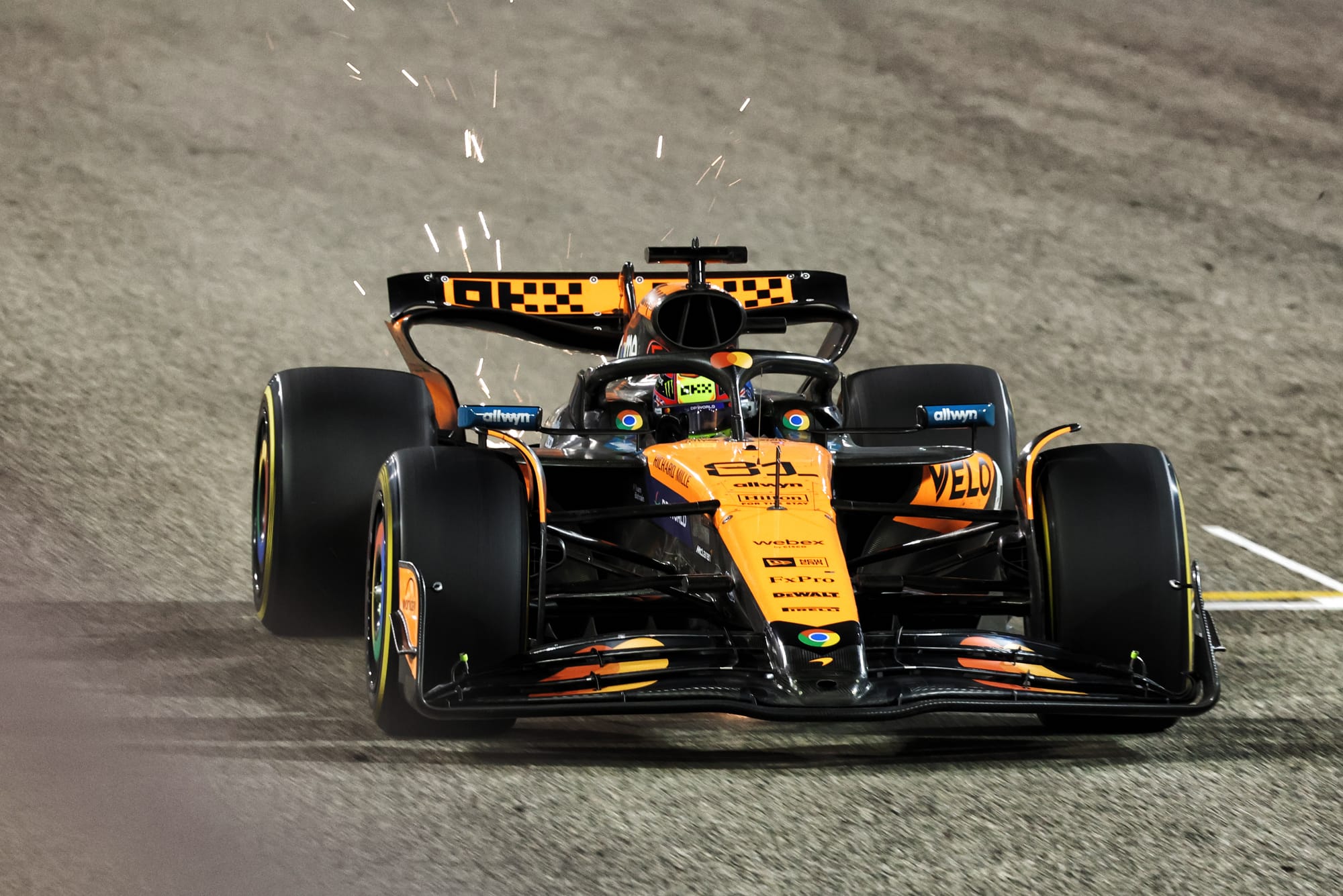
The recent debate about flexi rear wings is the latest in a long chapter of technical intrigue that has bubbled away between McLaren and Red Bull over the past 12 months.
This has included McLaren’s flexible front wings and mini-DRS, while Red Bull’s front bib adjuster became a topic of focus at last year’s United States Grand Prix.
One of the more fascinating stories revolved around Red Bull’s suspicions that McLaren had been putting water into its tyres to help keep them cool.
At last year’s Brazilian Grand Prix, the FIA was prompted into action to look into the matter after Red Bull suggested it had “evidence” of what McLaren was up to.
However, following some detailed analysis by the FIA and discussions with Pirelli, there was no suggestion of anything untoward having taken place.
The FIA’s single seater director Nikolas Tombazis reckoned that such finger pointing was the consequence of teams thinking that others were only ahead because they were doing something outside of the regulations.
Asked if things had got too much, Tombazis said: “Yes, but that's always been the case.
“I think I've been on the other side of the fence as well and I certainly can't generalise everybody from my own psychology, but certainly when I was working for a top team, I think you do tend to develop a certain degree of paranoia where you think everybody else is cheating.”
One idea that could limit such tech controversies is for a more formal process of complaints to be put in place – with teams potentially even needing to lodge payment with the FIA for it to investigate complaints.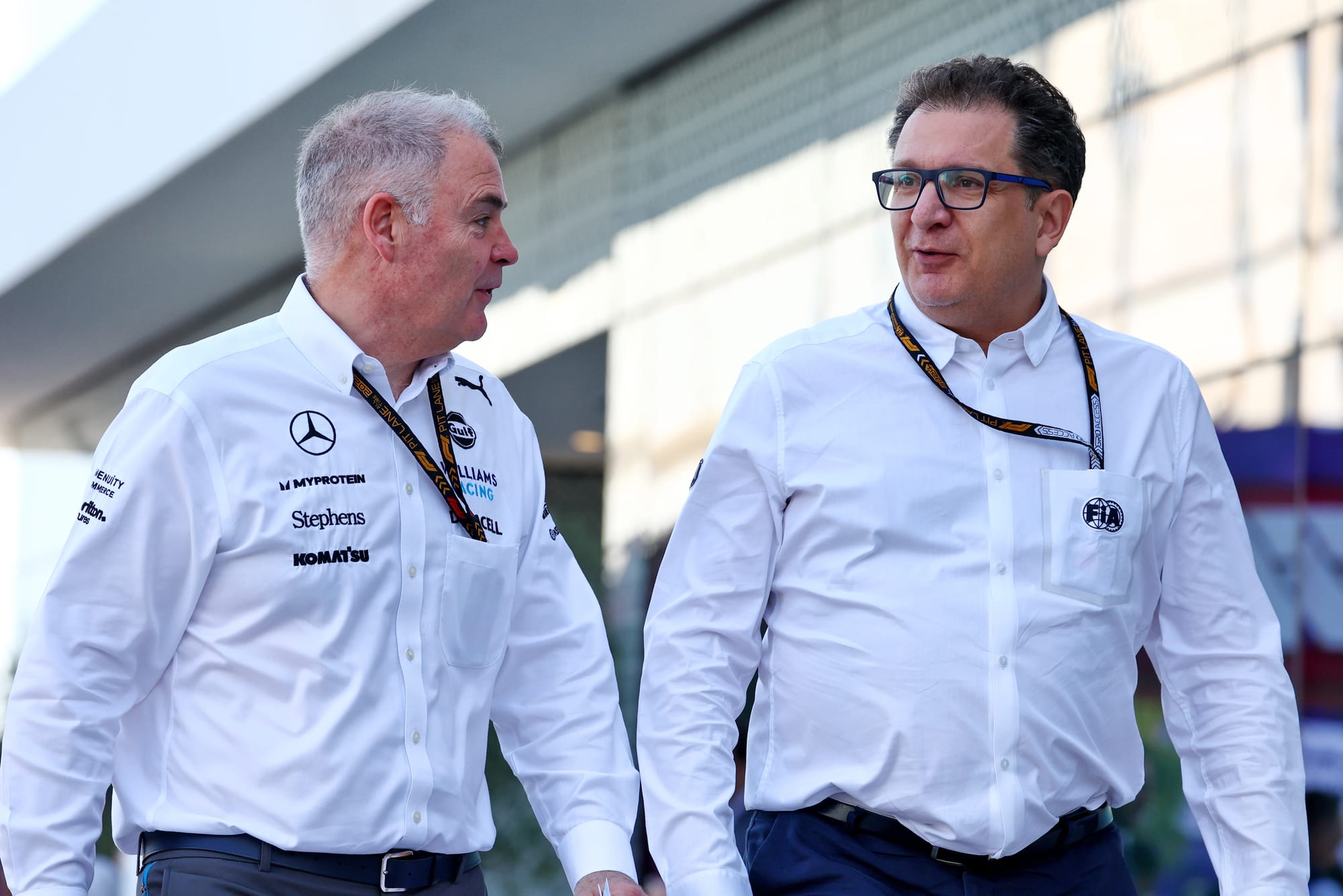
Asked if that was feasible, Tombazis said: “That's an idea! We do spend a lot of time on that.
“I think the complaints are not unnatural. That has always been the case in F1. I think the reason they surfaced last year is because the championship was closely fought.
“When Red Bull was winning all the time, I think people were not really worrying too much about them. They were worrying about how to improve their cars.
“And similarly, when Mercedes was winning all the time, that was the same.
"But when in 2021, Mercedes and Red Bull were fighting, then suddenly all of these problems came about, and they started complaining.
"I think that's a natural process with the competitive nature of the sport.”




